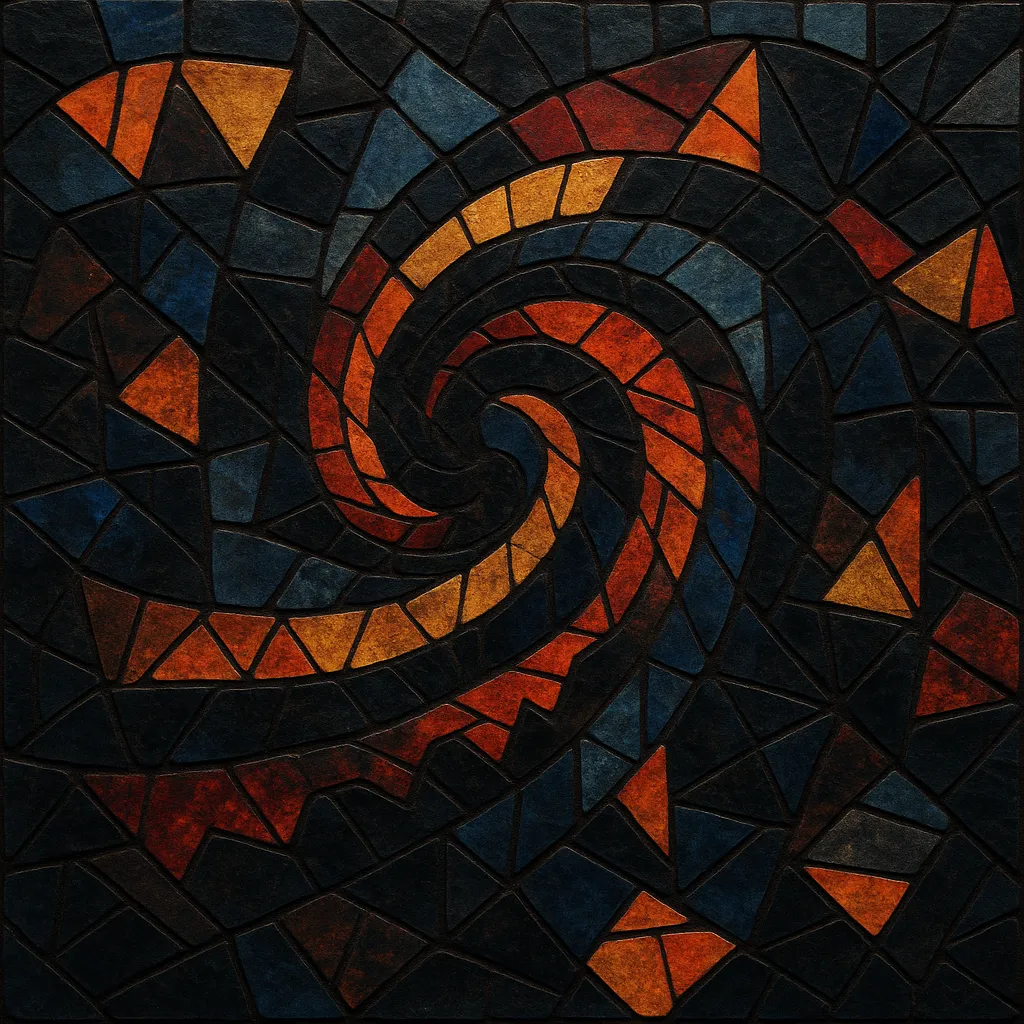Dubstyle is a hybrid of hardstyle and dubstep that emerged when hard dance producers began experimenting with half‑time rhythms and wobbling bass at around 140 BPM while retaining hardstyle’s anthemic breakdowns and sound design. It typically features euphoric supersaw leads and big cinematic builds that resolve into drops driven by LFO‑modulated basslines and heavy, punchy kicks.
While it borrows dubstep’s half‑time groove (snare on beat three) and bass warbles, Dubstyle keeps the melodic sensibilities, dramatic structures, and festival‑scale atmospherics of hardstyle. The result is a dark, weighty, yet uplifting sound—bridging UK bass aesthetics with Dutch hard dance energy.
Producers in the Dutch hardstyle scene began incorporating dubstep ideas around the turn of the 2010s, slowing from hardstyle’s typical ~150 BPM to dubstep’s ~140 BPM and adopting half‑time drum patterns and LFO‑driven bass design. The term “Dubstyle” circulated within hard dance communities to label this fusion: hardstyle’s euphoric breakdowns and sound design meeting dubstep’s bass mechanics.
As hardstyle headliners showcased experimental edits and “dubstyle” versions in mixes and podcasts, the style gained visibility at festivals and on hard dance radio shows. Tracks often paired melodic, hands‑in‑the‑air intros with gritty, syncopated bass drops, helping audiences acclimate to half‑time feels within hardstyle‑oriented sets.
By the mid‑2010s the sound remained a niche within the broader hard dance spectrum, with producers dipping in and out of the approach rather than committing to a standalone subscene. Even so, Dubstyle left a mark: it normalized half‑time drops, wobble‑forward sound design, and 140 BPM experiments for hardstyle artists, subtly informing later crossovers with trap‑leaning festival EDM and hybrid bass styles.


